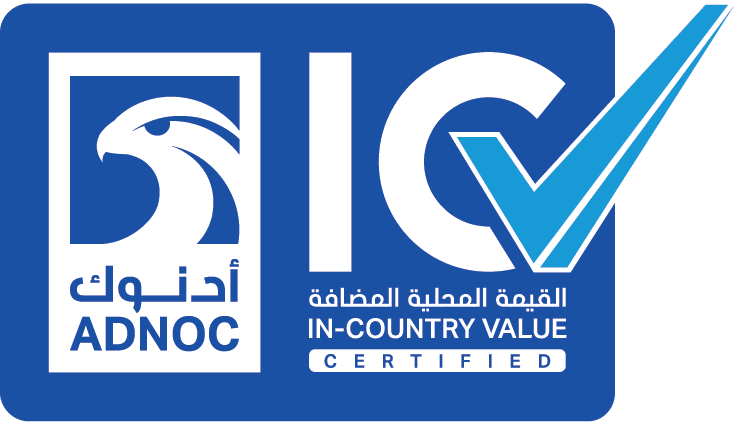Seismic Velocities and Depth Conversion - SVDC
| 06 – 10 Jan. 2025 | Abu Dhabi | 07 – 11 July 2025 | Dubai | 17 – 21 Nov. 2025 | Abu Dhabi |
Learning Objectives
Upon successful completion of this course, participants will be able to:
1. Fundamentals of Seismic Velocities
- Understand the concept of seismic velocities and their role in depth conversion.
- Differentiate between interval velocity, root mean square (RMS) velocity, and average velocity.
- Learn how seismic velocities vary with lithology, depth, and pressure.
2. Velocity Analysis and Calibration
- Conduct velocity analysis using semblance and stacking velocity picking.
- Utilize check-shot and vertical seismic profile (VSP) data for velocity calibration.
- Compare seismic velocities with well log velocities (sonic, density logs).
3. Time-to-Depth Conversion Techniques
- Apply single-layer and multi-layer depth conversion methods.
- Use average velocity models for quick depth conversion.
- Implement layer-by-layer and grid-based depth conversion techniques.
- Understand polynomial and geostatistical approaches to velocity modeling.
4. Seismic Migration and Depth Imaging
- Differentiate between time migration and depth migration.
- Use pre-stack depth migration (PSDM) and post-stack depth migration (PDM).
- Correct for velocity anisotropy (VTI and HTI) in depth imaging.
5. Building and Refining Velocity Models
- Construct velocity-depth models for complex geological structures.
- Integrate seismic velocities, well control, and geological constraints.
- Apply geostatistical interpolation techniques for velocity modeling.
6. Handling Uncertainties in Depth Conversion
- Identify sources of errors in velocity models and depth conversion.
- Quantify uncertainties using probabilistic and Monte Carlo approaches.
- Perform sensitivity analysis to improve depth conversion accuracy.
7. Depth Conversion in Structural and Stratigraphic Interpretation
- Apply depth conversion techniques for faulted and folded structures.
- Use depth conversion for carbonate reservoirs and deepwater settings.
- Optimize structural mapping and prospect evaluation using depth-converted data.
8. Case Studies and Practical Applications
- Analyze real-world seismic velocity models and depth conversion workflows.
- Participate in hands-on exercises using industry software (Petrel, Kingdom, Paradigm, or GeoDepth).
- Develop a depth conversion model for a selected dataset.
Target Audience
- Geophysicists and seismic interpreters
- Exploration and reservoir geologists
- Subsurface data analysts
- Well planners and drilling engineers
- Energy consultants in seismic processing

